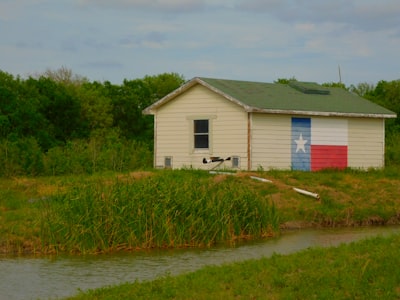Deadly Texas Flooding at Summer Camps: What Families Need to Know and How Outdoor Programs Must Respond
In the wake of the devastating flash flooding that struck Camp Mystic and surrounding youth camps along the Guadalupe River, many families, educators, and camp organizers are demanding answers—and solutions. With tragic fatalities, missing children, and entire campgrounds swept away, the incident underscores urgent questions about summer camp safety, the impact of extreme weather events, and what must change as climate risks grow.
Why Are Summer Camps So Vulnerable to Flooding?
Many of Texas’ most iconic summer camps—like Camp Mystic and Heart O’ the Hills—are located along scenic riverbanks. Their riverside locations offer swimming, canoeing, and proximity to nature, making them popular for generations. But as demonstrated by this year’s catastrophic flood, these sites are also uniquely vulnerable:
- Flash Flood Dangers: Riverbanks can experience rapid rises in water levels, often with little warning.
- Climate Change: Increasingly severe storms and unpredictable weather patterns are raising the risk of such disasters.
- Aging Infrastructure: Many camps were established decades ago, before today’s flood monitoring and building standards.
Key Safety Questions: Are Camps Doing Enough to Protect Children?
Families searching “how safe are summer camps in Texas” or “what are best practices for camp flood preparedness” are seeking reassurance. Parents want to know:
- What emergency plans do camps have for extreme weather?
- Are camp cabins and facilities built to withstand floods or tornados?
- Is there real-time monitoring of river conditions and advance warning systems?
- How do evacuation procedures work, and how are staff trained?
Leading experts advise parents to ask comprehensive questions before enrolling a child, especially at riverside properties.
Growing Scrutiny: Should Camps Be Allowed Near Riverbanks?
In Texas and beyond, local officials and affected families are grappling with whether it’s safe—or even ethical—to operate children’s camps so close to rivers in a changing climate. See these common debates:
- Tradition vs. Safety: Camp operators argue riverfront locations are essential to the camp experience, but critics point to the repeated flood risks.
- Site Relocation: Some push for new regulations requiring elevated or setback locations for future camps, while others warn this could shutter beloved institutions.
- Insurance and Liability: Insurance requirements and potential lawsuits may force a re-examination of camp locations and investments in floodproofing.
How Camps Are Responding: New Trends in Outdoor Program Safety
With search queries like “upgrade summer camp flood safety” and “best emergency gear for youth camps” trending, organizations are taking action:
- Investment in Technology: Camps are installing real-time flood alerts, weather monitoring, and safety sirens.
- Updated Staff Training: More frequent drills and partnerships with local emergency services.
- Redesigning Facilities: Raising cabins onto stilts or moving them away from flood-prone areas.
- Transparent Communication: Policies that require instant updates to parents when major weather threats arise.
Should You Send Your Child to Camp? What to Consider in 2025
As summer camp registrations reopen, families are searching for guidance:
- Research flood histories and emergency records of camps you’re considering.
- Book camps that clearly outline their disaster preparedness steps on their websites.
- Consider alternatives: day camps or programs in less risky terrains.
FAQ: Texas Summer Camp Safety in 2025
Q: How common are fatal floods at Texas camps? A: Major incidents are rare, but climate change appears to increase their frequency. Always check camp safety records.
Q: What should parents ask before enrolling their child? A: Ask for the camp’s flood evacuation plan, proximity to water, and details of emergency communications.
Q: Are camps likely to move away from rivers? A: Tradition makes changes slow, but high-profile disasters and new insurance mandates may drive a shift.
Conclusion: Prioritizing Camp Safety in a Changing World
The tragedy at Camp Mystic is a heartbreaking reminder that as weather grows more extreme, beloved traditions and summer adventures must evolve. Parents, organizers, and the wider community must demand—and create—safer environments for our children to learn, play, and grow.
If you’re considering a summer camp for your child, do your research. Ask tough questions. Safety—and the future of cherished summer traditions—depends on it.
Sources:

Comments
No comments yet. Be the first to comment!